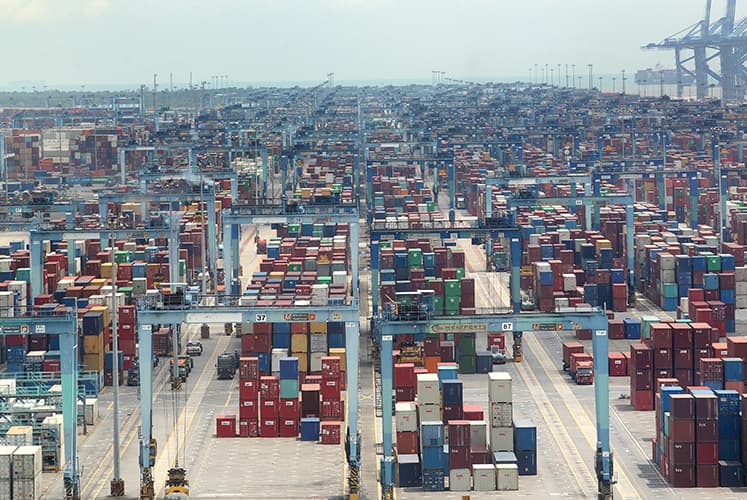
Companies that manage to come out of the present economic malaise intact need to shift the focus in their supply chains from traditional metrics such as cost, quality and delivery to agile metrics such as resilience, responsiveness and reconfigurability.
Anish Kanaran, Sage Asia regional ERP (enterprise resource planning) sales director, tells Enterprise that these companies can start by looking at their value chain and identifying where supply chain disruptions are most likely to occur. Then, they should introduce consistent risk management within the supply chains.
“In the last one year, we have witnessed the trade war between the US and China, and with the current Covid-19 pandemic, how governments will react, and whether main and alternative suppliers are readily available immediately,” he says.
He advised companies to use these events as lessons and carry out a simulation, projecting a “what-would-happen” scenario. “Cracks will appear, so zoom into those areas as a start. If the result proves [that] a reordering of the supply chain is necessary, business could use this as a first step to be better prepared.”
Anish adds that proper due diligence must be conducted across the company. “The focus is not just manufacturing as there is a great deal of reliance on external suppliers, logistics, business process outsourcing and others.
Proper due diligence study must be conducted across the company. “Start by evaluating the risk by the jurisdictions of suppliers, risk rating of countries, and identify the risk of a supplier with their criticality to the operations or business.
“This means ensuring you have robust IT systems that can detail not just your first tier of suppliers but your second tier and so on, including your suppliers’ suppliers so that you could possibly call on them should your Tier-1 (or 2 suppliers) be impacted. Businesses that consider supply chain risk management as part of their fundamental business framework are better prepared to mitigate the impacts,” he points out.
Anish goes on to add that the companies should review all materials and develop multiple source strategies for each sub-group of materials. “Many companies have been significantly affected by the lack of low-value critical items. They should now include these seemingly low-value items as ‘strategic materials’ as their products can’t be produced in the absence of these materials.”
While businesses leverage insights into such downline details for faster and more informed decision-making, they must also consider analytical software especially around their finances to fund such resilient supply chains, he says. “Having a clear view of your finances — from incoming revenue to outgoing costs — is another essential in ensuring a resilient supply chain model.”
Anish takes to task the fads of previous years as their weaknesses have been exposed in the present situation. “Relying on just-in-time models is tricky. While this lean methodology is designed to increase efficiency, [cutting] costs and [decreasing] waste by receiving goods only as they are needed works when the supply chain is intact, it does not work during times of uncertainty such as now.
“Aim to work out different ways to get products efficiently. Treat suppliers as partners and put in place other delivery models to secure supplies from your suppliers. Execute these other means occasionally so there is familiarity with alternatives to just-in-time [so that they] can be carried out efficiently during disruptive events,” he says.
Anish admits that this is a long and rigorous task list that should take some time, but as has been proven in the present situation, it will ultimately be worth it. “It will help companies weather the upcoming aftershocks that may follow such disruptions. Hence, the ideal position all manufacturing companies should aim for is not only ‘smart manufacturing’ but also ‘resilient manufacturing’.”